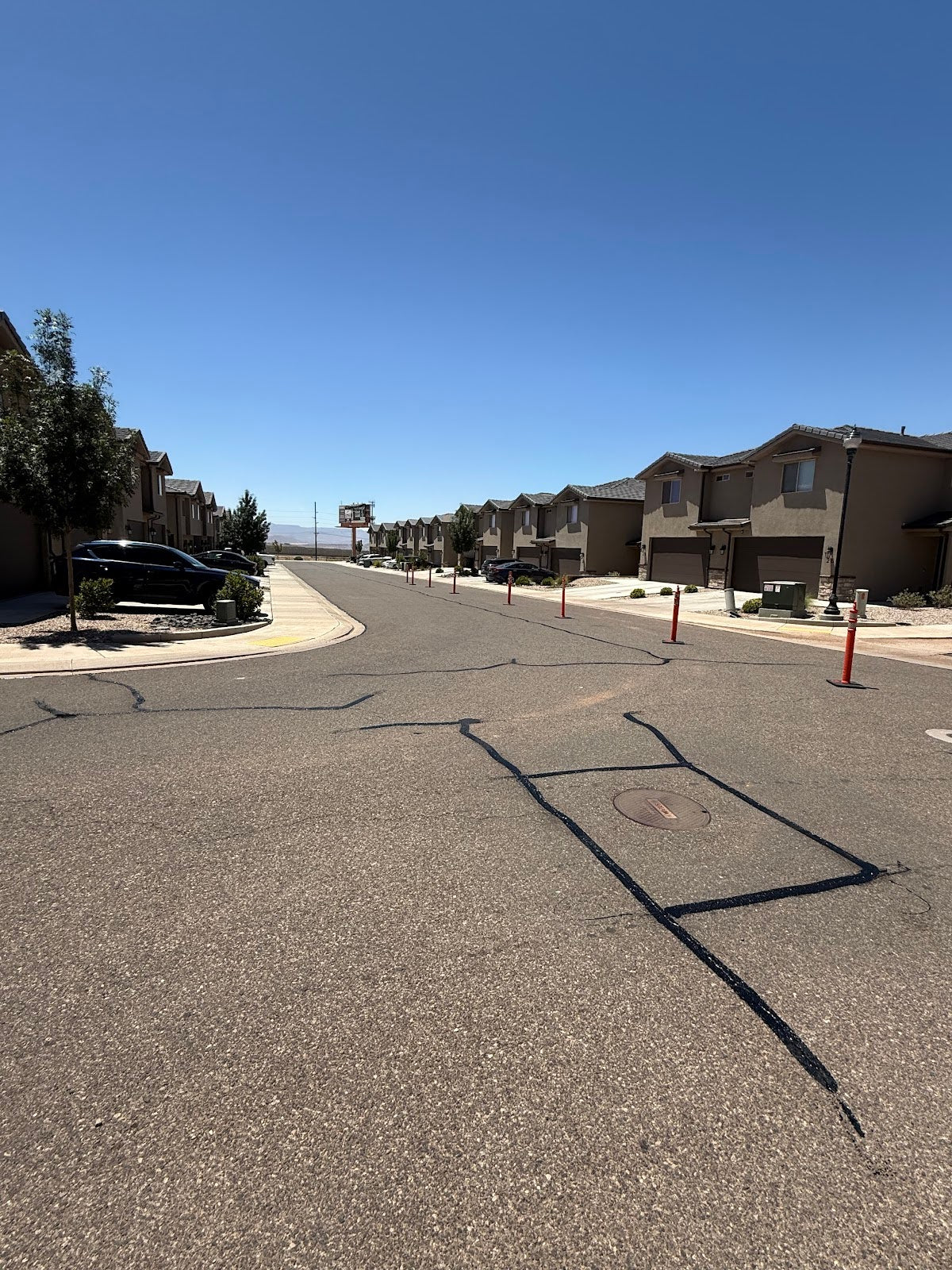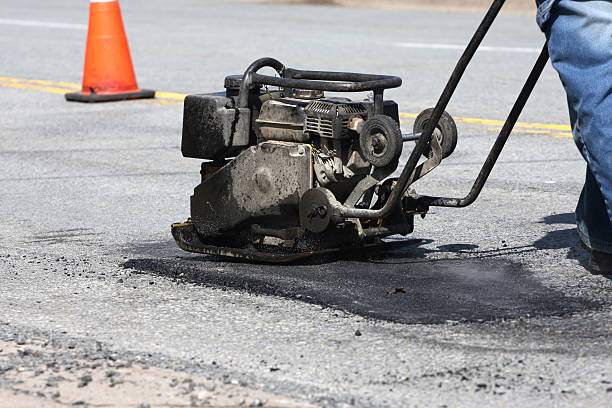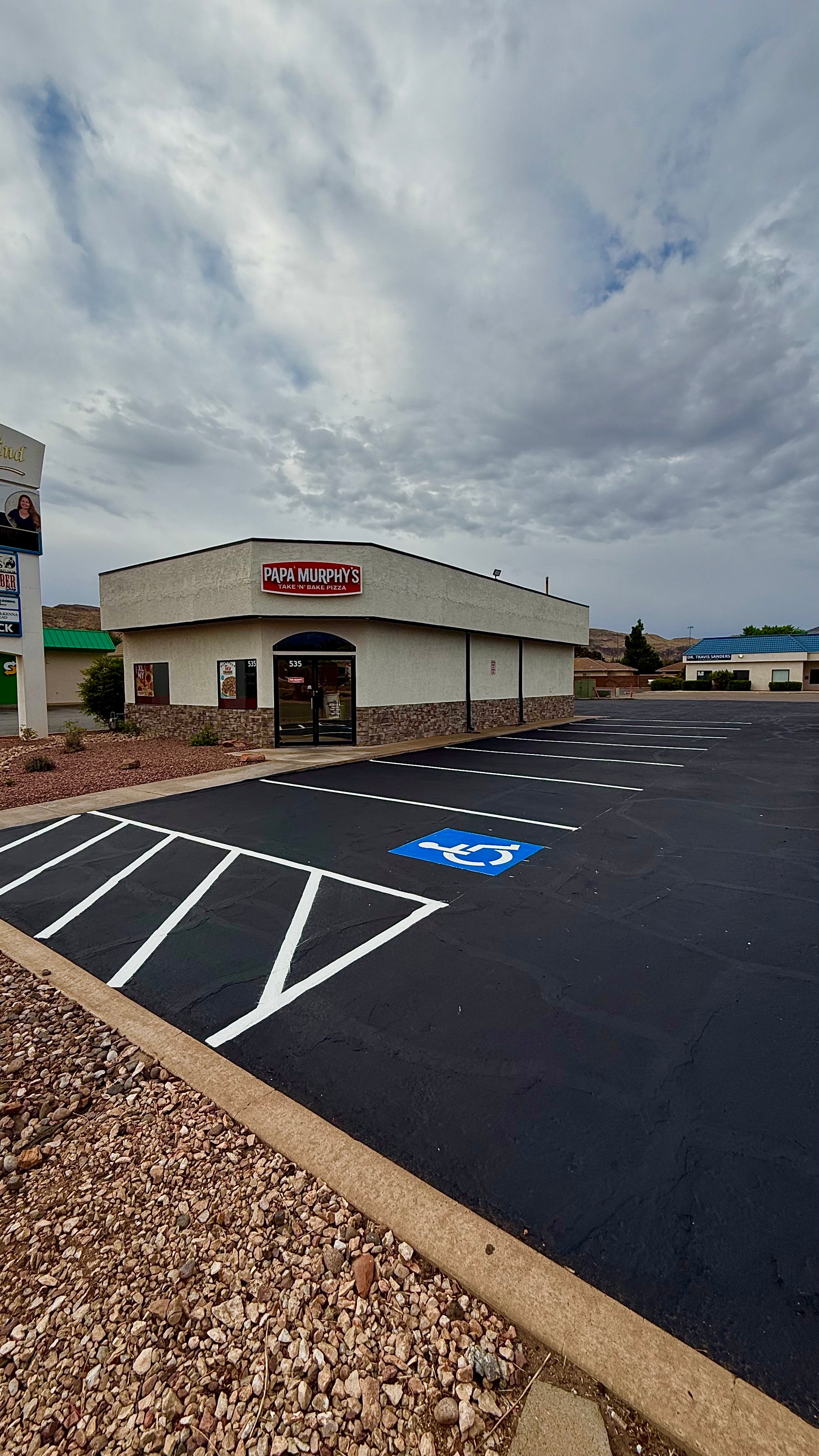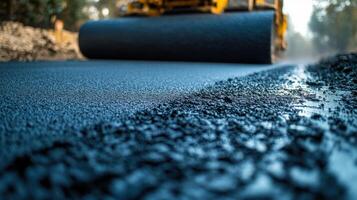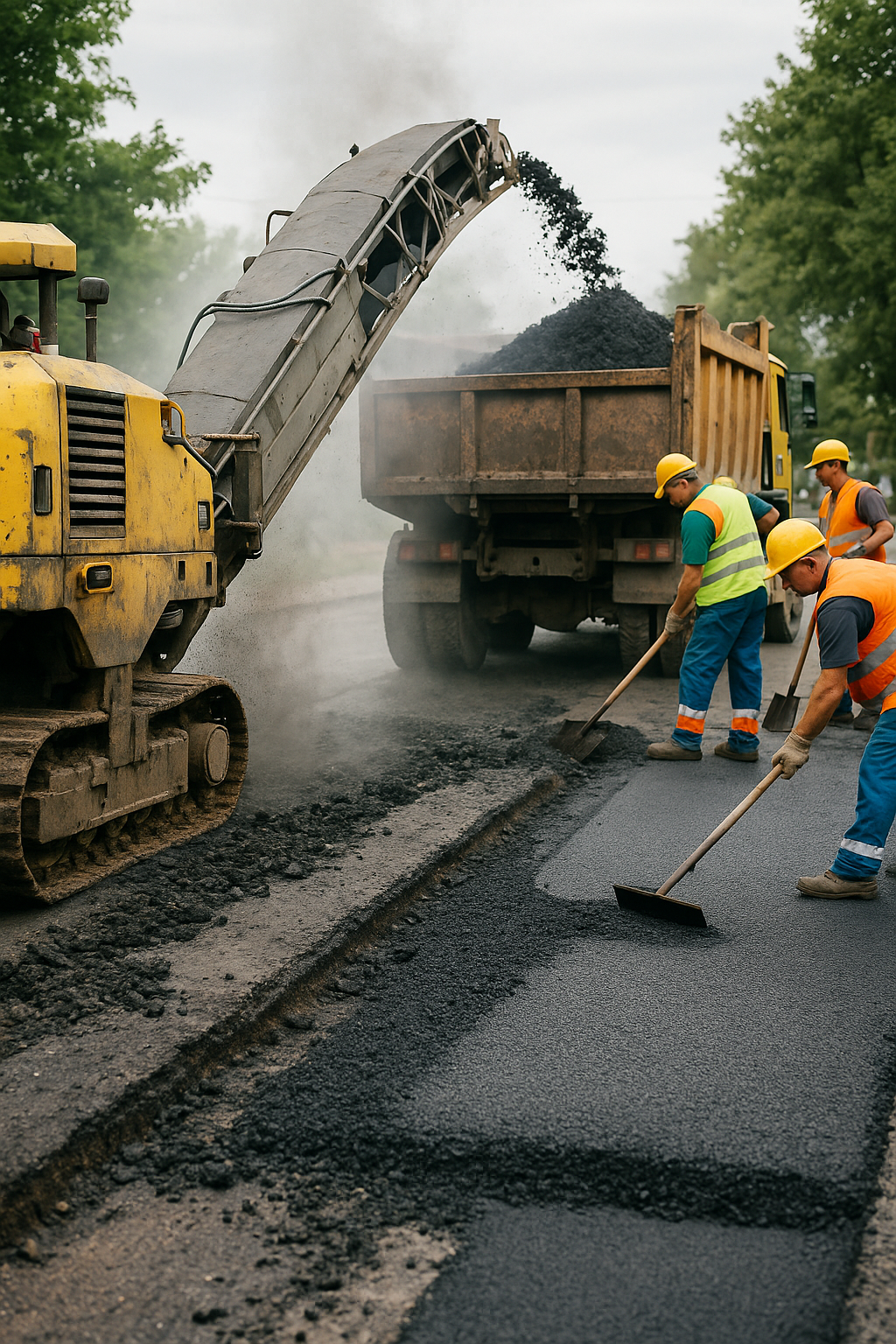

Complete Asphalt & Pavement Solutions
Reliable, professional services tailored to your property’s needs.
Asphalt Sealcoating
The primary purpose of asphalt sealcoating is to protect and preserve the integrity and extend the lifespan of the asphalt by creating a barrier against various damaging elements.
Asphalt Crack Filling & Perimeter Sealing
Asphalt crack filling is a preventative maintenance process for asphalt pavements that involves applying a specialized material into existing cracks in the surface. Its primary goal is to prevent water and incompressible debris from entering the pavement structure through these cracks, which can lead to more severe damage and ultimately, pavement failure.
Asphalt Pot Hole Repair
Asphalt pothole repair is the process of filling and compacting a depression or hole in an asphalt pavement to restore a smooth, safe surface and prevent further deterioration caused by water penetration and traffic. It can range from temporary cold patches to more durable, full-depth repairs.
Line striping
Asphalt line striping is the process of applying paint or other markings to asphalt surfaces to organize traffic, maximize parking, enhance safety, and improve the overall appearance of roads and parking lots.
Custom Stenciling
Includes custom painted logos, directional control arrows, curving, and fire lane markers.
Asphalt cleaning & street sweeper
Asphalt street sweeping is the process of using specialized vehicles to remove debris, dirt, and pollutants from asphalt road and parking lot surfaces. This keeps areas clean, improves air and water quality, enhances safety, and extends pavement life.
Asphalt Paving
Asphalt paving is the process of constructing or resurfacing a pavement by applying and compacting a mixture of asphalt cement (binder) and aggregates (stone, sand, gravel). This creates a durable, flexible, and smooth surface for roads, parking lots, and other areas.
Asphalt Remove & Replace
Asphalt "remove and replace" is a comprehensive repair method that involves completely excavating the existing asphalt pavement and often its underlying base, then installing entirely new layers of asphalt and base materials. This is typically done when the asphalt is severely damaged, beyond repair by patching or resurfacing, and the structural integrity of the pavement needs to be fully restored.


